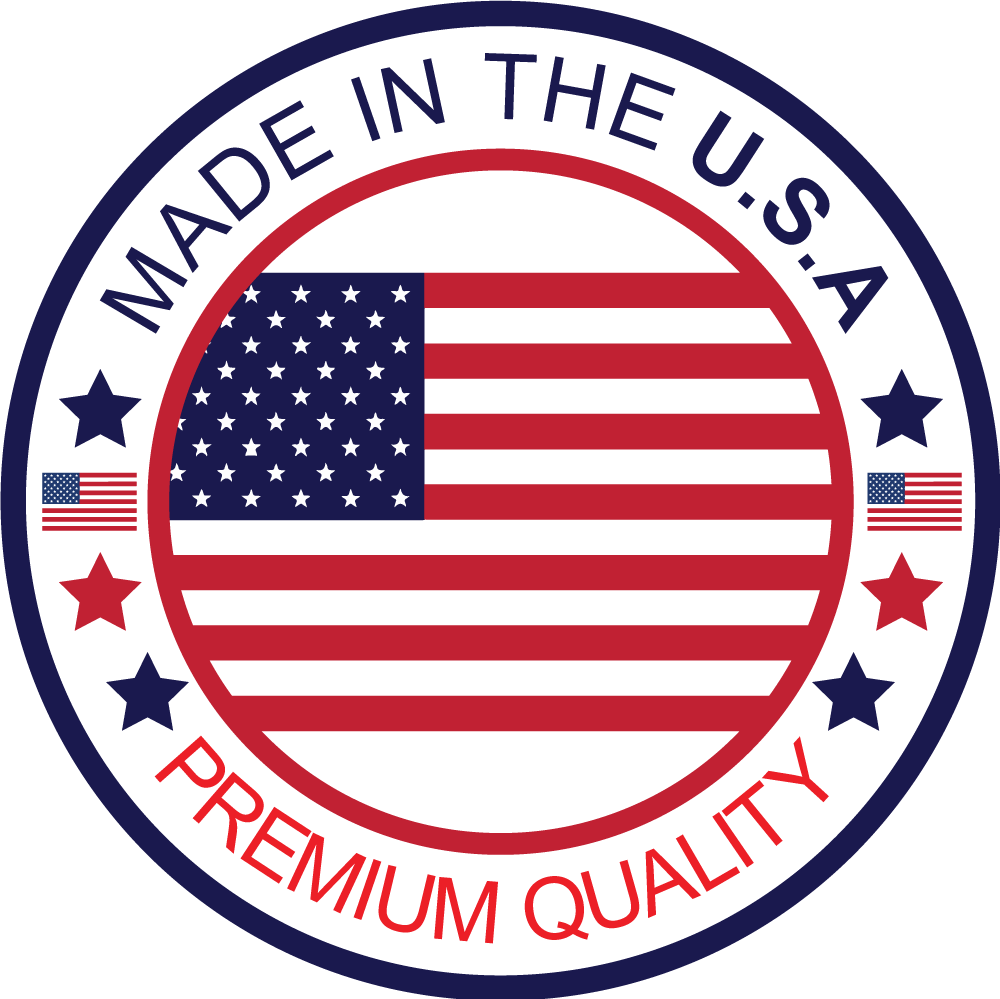What is the micron rating of the filter?
A micron rating is a value assigned to a filter, indicating that filter's ability to remove a certain size of particle. To accurately determine the filter's ability in removing a certain particle size, Beta Ratios from multi-pass testing should be used.
What is the ISO 16889 Multi-pass Test?
The purpose of the multi-pass test standard is to have a lab-based procedure that will provide reproducible test data that can be used to evaluate the dirt-holding capacity and the particulate removal efficiency (Beta Ratio) of a hydraulic filter element. The test measures the particulate removal efficiency as it relates to the ingression of dirt particles creating increased differential pressure over element life.
What micron rating do I need for my application?
The ISO cleanliness code publishes a recommended cleanliness guideline for typical hydraulic system components; however, always check component manufacturer recommended ratings.
What is the difference between absolute and nominal ratings?
Nominal rating usually means the filter can capture a given percentage of particles of a stated size (e.g. 50% @ 10 micron). Absolute rating is the smallest typical particle size retained by a filter media at 98+% efficiency. This is also referred to as the Beta=75 or 98.67% efficiency rating.
What is the burst rating of the filter?
The burst rating of a spin-on hydraulic filter is the minimum pressure the filter can withstand without deforming to the point where the filter fails. Hydraulic filters are typically designed to have a minimum burst pressure that is twice that of the normal operating pressure of the application. Therefore, hydraulic filters will have different burst ratings depending on the requirements of their application.
Why doesn't a cartridge filter have a burst rating?
Cartridge filters do not have a burst rating because the pressure is retained by the housing on the application rather than the filter itself.
What is the collapse rating?
Both spin-on hydraulic filters and cartridge hydraulic filters have a collapse rating. The collapse rating is a rating of the filter's ability to resist collapse. Collapse ratings are given in PSID (differential pressure). Differential pressure is the difference in pressure from the inlet of the filter to the outlet of the filter.
What controls the flow rate of the filter?
The flow rate of a filter is the filters ability to pass a volume of fluid in a given time. Flow rate is affected by the amount of media and the restriction of that media: Generally, a filter that has high efficiency at removing small particles is going to be more restrictive to flow than a filter of the same size with same amount of media that has a lower efficiency at removing small particles.
How can flow-rate be increased without sacrificing filtration performance?
To increase the flow-rate without sacrificing filter performance, a filter with more media surface area may be used. While the media has the same restriction per square inch, the larger surface area of the media will provide a higher flow rate. An increase in flow-rate can also be accommodated by adding another filter in parallel. Other media types are also available that may provide increased flow without sacrificing filtration performance.
What is the difference between cellulose and synthetic media?
Synthetic media is typically considered superior to cellulose media for many applications. The fiber size is smaller and more consistent allowing it to filter smaller particles, hold greater amounts of contaminant, yet provide less resistance to flow.
Why do some hydraulic cartridges have a center tube support while others do not?
Some hydraulic applications create a large pressure differential across the element. Therefore, a center tube support is designed into the center tube to increase the element's resistance to collapse.
What is an ISO cleanliness code?
ISO cleanliness code is a data format for rating fluid contamination level and plotting filter media performance.
What system characteristics should be considered when specifying a hydraulic filter?
Some of the characteristics to consider are filter location, hydraulic system hose size, gallons per minute flow requirements, fluid reservoir size and approximate fluid working temperature.
Where does hydraulic system pressure originate?
Hydraulic pumps do not generate pressure, they only generate flow. It is the resistance to flow in the system that generates system pressure.
What is your shipping cut off ship same day?
Orders must be received by 2pm EST to ship the same day via UPS.



